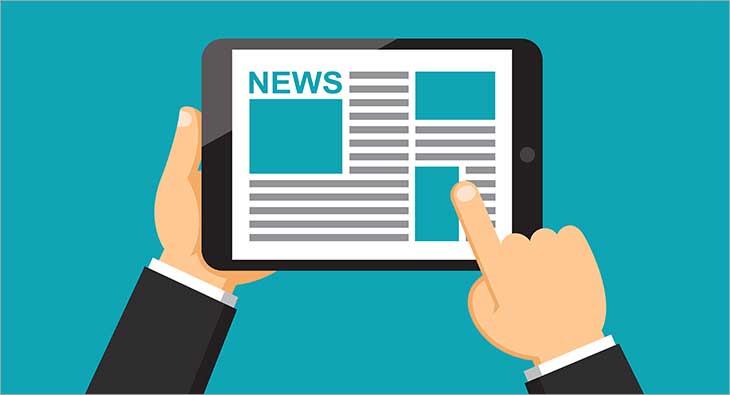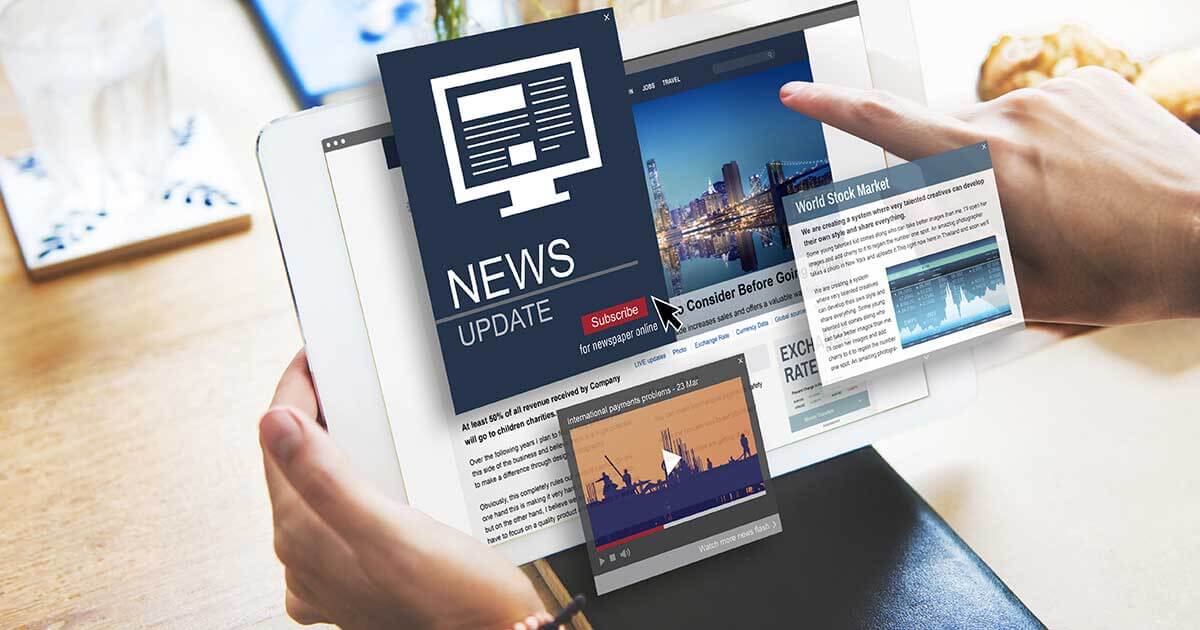The Basic Principles Of Popular News
The Basic Principles Of Popular News
Blog Article
Fascination About Popular News
Table of ContentsOur Popular News IdeasPopular News for BeginnersThe Only Guide to Popular NewsThings about Popular News
Age is likewise an aspect in the means people view the function of social networks. More youthful social media sites information customers are more probable to state it has influenced their knowing right. Concerning half of social networks news consumers ages 18 to 29 (48%) say information on social media makes them far better informed, contrasted with 37% of those 30 to 49, 28% of those 50 to 64, and 27% of those 65 and older.Journalists weigh information values when figuring out whether or not to cover an occasion or news. Perhaps the most important aspect of newsworthiness is whether or not the information product being interacted effects a news outlet's audience.
Proximity is very important. Reporters want things that impact their communities. Research study on a state's brand-new tax code likely won't generate the same rate of interest across state borders. Periodically experts can help center a bigger national story that influences greater than simply a city or state. In these situations, it is very important to be on the search for opportunities where subject professionals can provide understanding or where similar tasks may be happening locally.
If you are publishing newsworthy research, loophole in MarComm prior to the short article being released so that the pitch can stress the latest aspect of the tale: the publication of the research study. Events and news that entail top-level figures are most likely to generate media coverage. Gos to from nationwide figures often require months of preparation due to awaited community rate of interest.
The Only Guide to Popular News
We can aid alleviate potential reputational threat with these tales while likewise enhancing the odds of creating protection. While several of the above information worths are interwoven, human interest tales usually stand apart.
Human passion aspects can include information worth to other stories that may show up to be doing not have in the various other worths. The uniqueness or peculiarity of a situation can help influence whether a news electrical outlet is likely to cover a tale. While this is not an extensive listing, inspecting to see if your information item or event has these top qualities prior to calling us will certainly help you identify which aspects hold the most information worth.
The study discovers that a little over half of all U.S. adults sign up for news in some formand roughly fifty percent of those to a newspaper. And in contrast to the concept that youths will not spend for information since details online is free, nearly 4 in 10 adults under age 35 are paying for news.
There is additionally significant evidence that more customers could start to pay for information in the futureif publishers can understand them and serve them well. Fifty percent of those that do not pay for news actively choose information and appear like customers in various methods. And virtually 2 in 10 of those that don't subscribe to information now indicate they are inclined to begin to pay in the future.
Examine This Report about Popular News

People are drawn to news as a whole for two reasons above others: A need to be educated people (newspaper subscribers particularly are very encouraged by this) and because the magazine they subscribe to excels at covering particular subjects about which check that those customers especially care - Popular News. While there are a host of factors, the No
Even more than 4 in 10 additionally point out the reality that loved ones sign up for the exact same item. Even more than a third of people state they originally subscribed in feedback to a discount or promo. In print, people also are relocated greatly to subscribe to obtain coupons that save them money, something that has untapped ramifications in electronic.

Some Known Facts About Popular News.
We asked every person who informed us they have a routine free source of news exactly how likely they would be to spend for it. Even more than a quarter (26 percent) state they would certainly go to least rather likely to start spending for itand 10 percent are very or extremely likely. These likely payers often tend to be information applicants, and they additionally tend to be people who currently spend for an information membership in addition to the source they official statement follow for complimentary.
Of those that do pay, 54 percent sign up for papers in print or digitally, which stands for 29 percent of Americans on the whole. Most of them buy a print magazine together with their newspaper and spend for 2 to four information sources in total, some much try these out more. And while 53 percent are long-time customers (5+ years), more than a quarter (27 percent) have actually purchased their newspaper subscription within the past year.

Report this page